I’m going to make one assumption about you as I write this post: You are already a successful person.
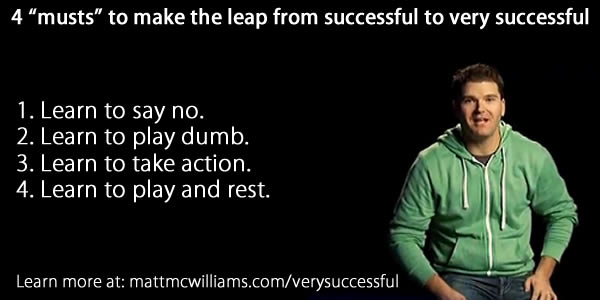
I know that to be true because unsuccessful people don’t usually read self-improvement blogs. No, you may not be a millionaire yet, your business may still be virtually unknown, or you haven’t gotten the promotion you’ve wanted for the past two years, but the very act of reading this shows me you are already successful. But I also know that you want to take it to the next level. So how do you do that?
To make the leap from successful to very successful, there are four things you must learn to do. In studying the most successful people in history, I’ve found that each of them clearly learned to do each of these. Some learned them earlier than others. But eventually they learned them all before they reached the level of very successful.
4 “musts” to make the leap from successful to very successful
1. You must learn the magic word.
To transition from successful to very successful, you must learn the magic word:
No.
If you are already successful, I assume you have good manners. The magic word, then, is no longer “please.” It’s “no.”
Warren Buffett said this about the magic word:
“The difference between successful people and very successful people is that very successful people say no to almost everything.”
This presents a paradox, because to get to a certain level of success, you probably said yes to a lot of stuff. You built relationships. You earned respect. You built up some IOUs.
But to make it to the next level, you must learn to say no to the good (and even the great) so that you can say yes to the amazing. This means not only eliminating the things that clearly waste your time but eliminating things that have actually worked on some level. It means saying no even to opportunities that appear great in order to stay focused on your mission.
It takes courage to say no. It’s a courage that only develops with time and practice.
What is something you must say no to today in order to say yes to something even better?
2. You must learn to play dumb.
Perhaps you are like I was circa 2007. You’ve made it to where you are because you are the go-to guy or gal. You are seen as the one with all the answers.
That perception earned me a leadership role in a thriving small business. It earned me the big, fancy office and 15 direct reports. It won me awards and made me a lot of money.
It was also the biggest thing holding me back.
I bought into the myth that the leader must have all the answers. That meant that when there was a problem, I had to be the one to solve it.
If I didn’t have an answer, I made one up. I didn’t seek out others for answers. I didn’t hear others’ voices when they offered solutions. I missed out on so much because of this attitude.
As I progressed as a leader, I learned how to listen. I learned that in order to transition from successful to very successful, I had to learn to keep quiet, sometimes even play dumb, and listen to others. I had to ask questions, even ridiculous questions, to learn what was truly going on. I had to probe and prod like I knew nothing.
Only then did I begin to get the whole story and free my team up to do some amazing things together.
Action item: For the next few weeks, focus on not jumping in with an answer. Instead, ask questions, seek input, and listen carefully to what is being said.
3. You must learn to take action.
Since starting this blog, I’ve published nearly 500 posts (479 to be exact as of today). Each of those posts provides valuable insights, tips, lessons, and how-to’s for your business, career, and life. They’ll help you to be a better leader, get promotions and raises, start a business, get in the right mindset, and raise world changers.
But none of my posts is worth a thing if you don’t apply them.
Here’s the key:
“To go from good to great, follow the two-thirds rule. Spend only 1/3 of your time learning. Spend the other 2/3 doing.”
Get out of your books, turn off the podcast, stop reading this blog if you have to. Seriously, if that is what it takes to get you to the next level, I’d rather you stop reading and thank me later than keep reading and never reach the next level.
Whatever you want to be great at, do it. Stop learning about it. To make the leap from successful to very successful, you must take action.
When you do read something of value, find a way to apply it immediately. (So, perhaps you should continue to read my blog. after all. Just make sure you take action on what you learn.)
What is one thing on which you need to take action in the next 48 hours?
4. You must learn to play and rest.
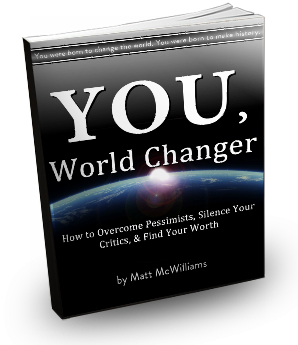
You’ve probably heard of the 10,000 hour rule.
It was popularized by Malcolm Gladwell in his best-selling book, Outliers: The Story of Success (I highly recommend it). In it, he suggests that in order to achieve mastery at something, you must practice and perform at it for 10,000 hours.
So what is the best way to get in your 10,000 hours? More time of course. And what is the best way to get in more time for practice? Less sleep, of course. And less play.
Wrong!
K. Anders Ericsson’s famous study of violinists provided much of the basis for Gladwell’s 10,000 hour rule. But what Gladwell left out (not intentionally, it just wasn’t necessary to the message) was that in addition to practicing more, the second most important factor to the high-achieving violinists’ success was sleep. The best violinists averaged almost nine hours of sleep per day (8.6 to be exact).
Sleep is critical to performance and is a must to go from successful to very successful. The very successful view sleep as a tool at their disposal. Use it.
And what about play?
It seems play is dead in our culture. I agree with Seth Godin, who places the blame on the industrial complex we developed in the late 1800’s as the culprit. Schools became more specialized. Schools became more about sitting in a desk for long periods of time than creativity.
Soon, music classes and art classes were stripped from school budgets. Recess was forsaken for more lab time. The time in the middle of the day when kids can be superheroes, composers, and sculptors were taken away.
And the result?
Play died. Creativity waned.
Sir Ken Robinson, one of the leading experts on creativity in schools, noted that rather than fueling creativity through play, our schools are killing it. Here’s what he said recently:
“We have sold ourselves into a fast-food model of education, and it’s impoverishing our spirit and our energies as much as fast food is depleting our physical bodies. Imagination is the source of every form of human achievement.”
Imagination is the source of every form of human achievement.
It’s time to get that creativity back. Get out and play. Play games with your children if you have them. Make believe. Be a superhero. Take an art class. Make up songs on the piano. Fuel your creativity.
Action items: Resolve to view sleep as a tool and to use it to take yourself to the next level. Spend at least 30 minutes in the next 48 hours in a state of play. Make the time.
How will you use this post to make the leap from successful to VERY successful?
Questions?
Text me anytime at (260) 217-4619.
Or…check out some of my free reports to help you get on the right track:
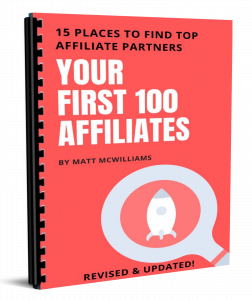 |
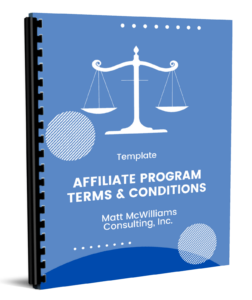 |
 |
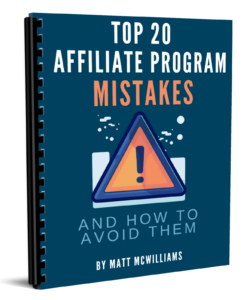 |
 |
 |
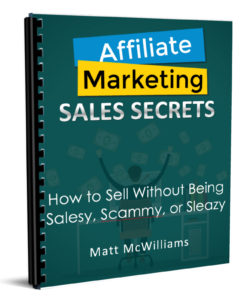 |
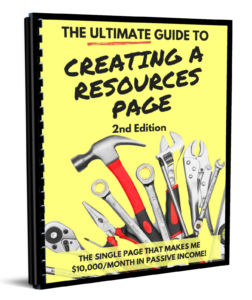 |
 |
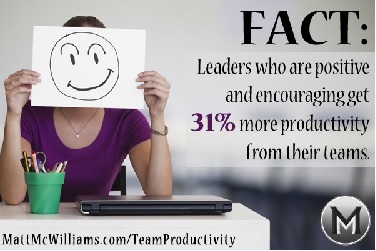



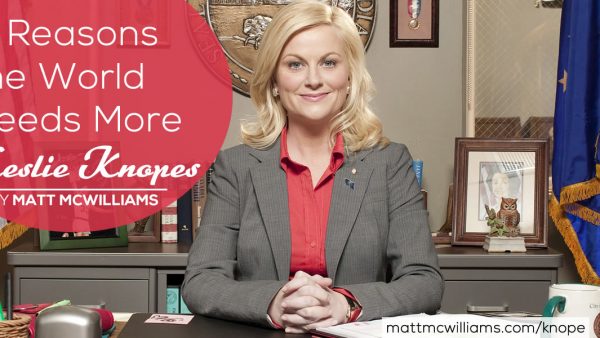
Regarding #2, I really dislike the made up answers I get sometimes when asking for help! I call this “fake help” as it wastes my time as often I don’t know the person didn’t really know the answer until much later.
I am listening to the audio book of Outliers this week. It will be interesting to see if it tells how to be successful if you were not born at the ideal time. Maybe the key is just practicing a lot! That stuff about hockey players in Canada was quite interesting.
I was thinking about the hockey players example just today. Interesting stuff when I think of our daughter possibly getting into sports.
I’m working on #3 right now learning to implement the G.R.O.W. Inside-Out model. I’m still at the “I need my cheat sheet” but I tell people that. We have all started at beginner level. I truly dislike when people try to pretend they know something and they don’t. It never serves anyone. We can learn just as much as we can teach. That’s my philosophy.
WHat is the GROW model Camilla? Sounds interesting.
A coaching method developed by Alan Fine. I did a quick book review on it on my last post, check book #3. Awesome book and the method makes a ton of sense. Excited to start implementing it. http://www.nomorehamsterwheel.com/52-book-challenge-july-2014-giveaway/
Nice! I like this guy already. Definitely checking it out. Thanks Camilla.
you got me scratching my head when I read play dumb, but when I read your definition, then I was smelling what you where stepping in!!!
-My Mom used to say to me when I was young,”you think you know every thing.” and I would say, I knew you would say that!-Then later Peter Drucker came into my life and his book “The Effective Executive”, helped me stop being a know it all from this line right here, “you only know what you know and you don’t know what you don’t know”.
That help my paradigm shift that I don’t need to have all the answers and I don’t need to impress bunches of people. Just focus on what I do know and then work on what I don’t know and or have others who have that strength do it!
As to your question, Taking action has been the easiest but the hardest skill to work on. Lately (and thanks to you from the book you recommended, “Rich Habits”) I tell my self every day, that procrastination is not and option, just get it done. Taking the steps to work on the hardest thing first will help my day be Successful! Then start over tomorrow! It feels great to know I got the hardest thing out of my way!
Love it Steve!
I’m interviewing Tom Corley soon 🙂
Hey Steve. Thanks for reading Rich Habits. I will be doing a podcast with Matt very soon
And I can’t wait!
Looking forward on hear that great interview! and thanks for taking the time to write the book.
Hey Steve, your comment caused me to order “Rich Habits”. Been wanting to read it for awhile, but needed to hear that it was helpful from someone I (sort of) know first. Thanks!
woo hoo, well your very welcome!!!
You really got my attention at #1. I struggle with saying no to new clients that aren’t the right fit for where I am taking my organization. Also saying no is a skill I need to work on when other moms ask me to do things for them during work hours. There is a sense that since I work from home, I am available to serve at all times 🙂
It’s hard the first few times, don’t get me wrong. I remember the first time I told a prospective client no…one of the hardest things to do. The money, the fun, I liked the people. But it wasn’t the right fit. It was easier the next time and the next time.
Now I know when I say yes, it’s definitely the right fit.
Regarding #1, I quit doing free workshops. I gave up the great networking opportunity that lied beneath those workshops – but the realization was that the people I was meeting were great people, but they weren’t helping me go where I want to go. I think I probably burned a bridge or two in doing so, but I can’t keep giving stuff away.
#2 is hard for me, and definitely an area in which I need to focus.
#3 and #4 for me go hand in hand – I need to spend more time blogging myself. I was doing it regularly, then my blog got deleted (don’t ask) and all of those posts were gone. Now, I view them as practice. I have had trouble getting back into the habit since then, though, so my 10,000 hours needs to be spent much in the same way yours was.
#2 is different. I understand the concept, but…